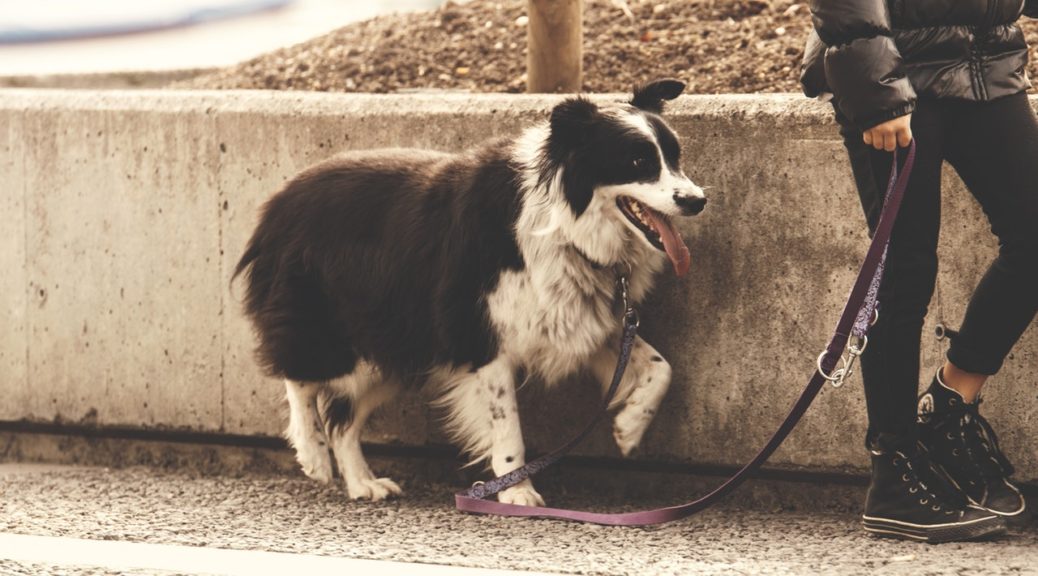Introduction: The Journey to Graceful Leash Walking
Walking your dog should be a joyous activity, yet for many owners, it can be a source of frustration and stress due to leash pulling and unruly behavior. In this comprehensive guide, we will explore effective methods to train your dog to walk gracefully on a leash, allowing you to enjoy peaceful and harmonious walks together.
Understanding the Importance of Leash Training
Establishing Control and Connection
Leash training is not only about teaching your dog to walk politely; it’s also about establishing control and strengthening the bond between you and your canine companion. This section will discuss the importance of leash training in promoting safety, obedience, and mutual respect during walks.
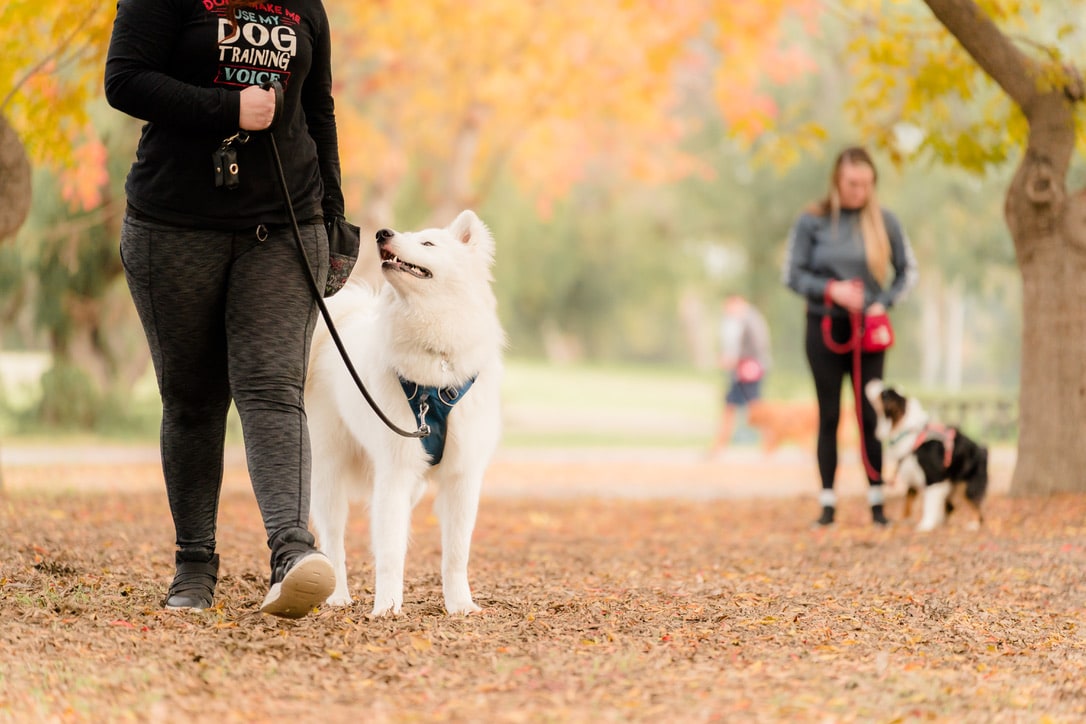
Assessing Your Dog’s Behavior and Needs
Recognizing Individual Challenges and Preferences
Before diving into leash training, it’s essential to assess your dog’s behavior, temperament, and specific needs. This section will guide you through the process of evaluating your dog’s tendencies, such as pulling, reacting to distractions, or exhibiting fear, to tailor your training approach accordingly.
Selecting the Right Equipment
Choosing Leashes and Collars for Optimal Control
The right equipment is crucial for successful leash training. This section will explore different types of leashes and collars, including flat collars, harnesses, head halters, and no-pull devices, to help you select the most appropriate gear for your dog’s size, breed, and behavior.
Establishing Basic Training Foundations
Building the Framework for Success
Before embarking on leash training, it’s important to establish basic obedience commands and manners. This section will cover foundational skills such as “sit,” “stay,” and “heel,” which form the basis for graceful leash walking and facilitate effective communication between you and your dog.
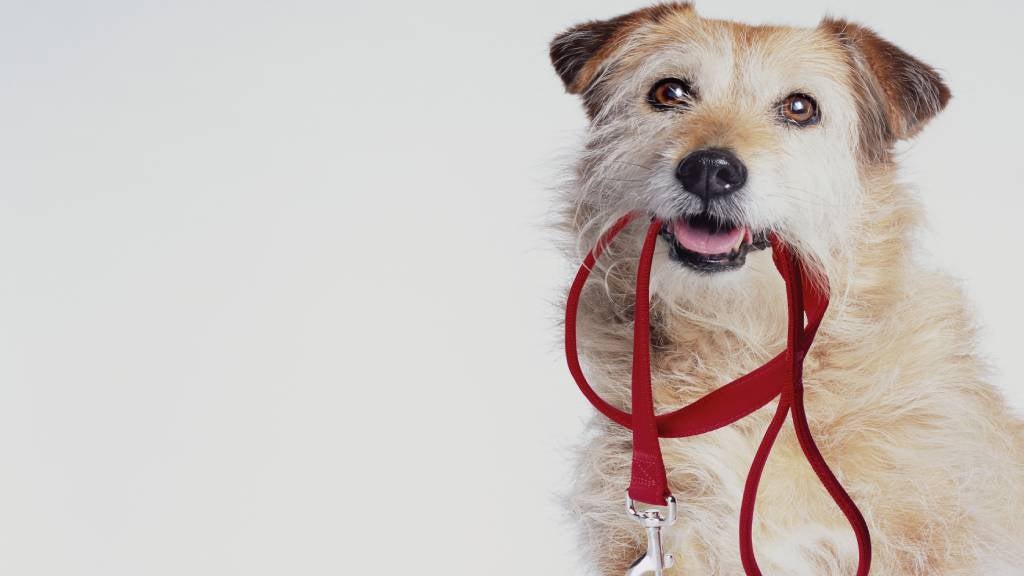
Teaching Loose Leash Walking
Mastering the Art of Walking Together
Loose leash walking is the ultimate goal of leash training, where your dog walks calmly by your side without pulling or tugging. This section will provide step-by-step instructions and techniques for teaching your dog to walk politely on a loose leash, emphasizing positive reinforcement and consistency.
Managing Distractions and Challenges
Overcoming Obstacles Along the Way
Leash training often involves navigating distractions and challenges, such as encountering other dogs, people, or environmental stimuli. This section will offer strategies for managing distractions, redirecting attention, and maintaining focus during walks to promote successful leash walking behavior.
Progressing to Advanced Skills
Refining Your Dog’s Leash Walking Abilities
Once your dog has mastered the basics of leash walking, you can progress to advanced skills to further refine their abilities. This section will explore techniques for off-leash training, distance commands, and advanced obedience tasks to enhance your dog’s responsiveness and reliability on walks.
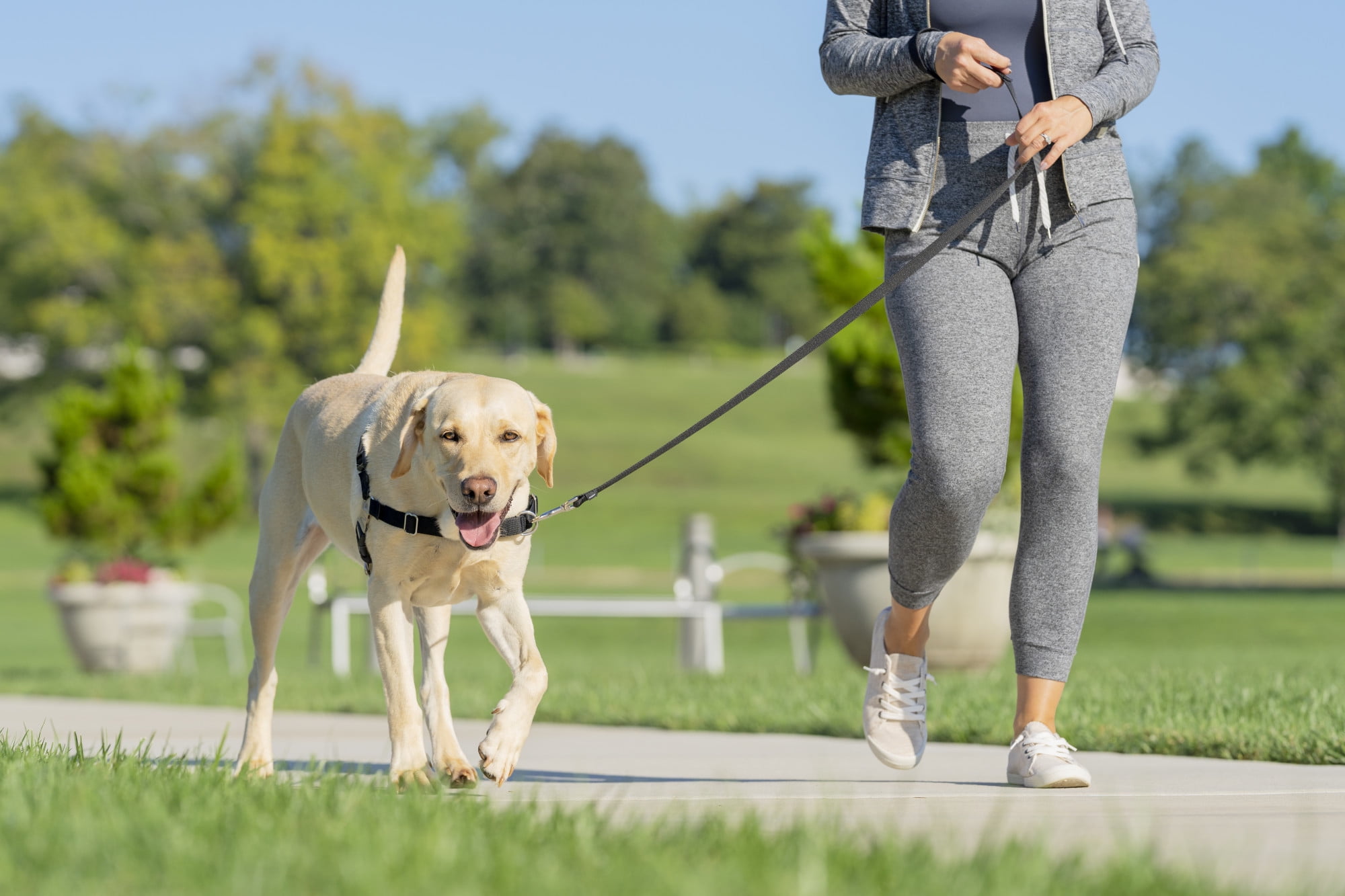
Incorporating Enrichment and Exploration
Enhancing the Walking Experience for Your Dog
Walking is not only about exercise; it’s also an opportunity for your dog to explore and engage with their environment. This section will discuss the importance of incorporating enrichment activities, such as sniffing, playing, and exploring new surroundings, into your walks to promote mental stimulation and overall well-being.
Maintaining Consistency and Patience
Keys to Long-Term Success
Consistency and patience are essential virtues in leash training. This section will emphasize the importance of maintaining a consistent training regimen and exercising patience as you work with your dog to achieve lasting results. With dedication and perseverance, you can unlock success and enjoy graceful leash walks for years to come.
Embracing Positive Reinforcement Techniques
Encouraging Good Behavior Through Rewards
Positive reinforcement is a powerful tool in leash training, as it encourages your dog to repeat desired behaviors by rewarding them with praise, treats, or playtime. This section will delve into the principles of positive reinforcement and provide guidance on effectively using rewards to reinforce graceful leash walking behavior, ultimately strengthening the bond between you and your dog.
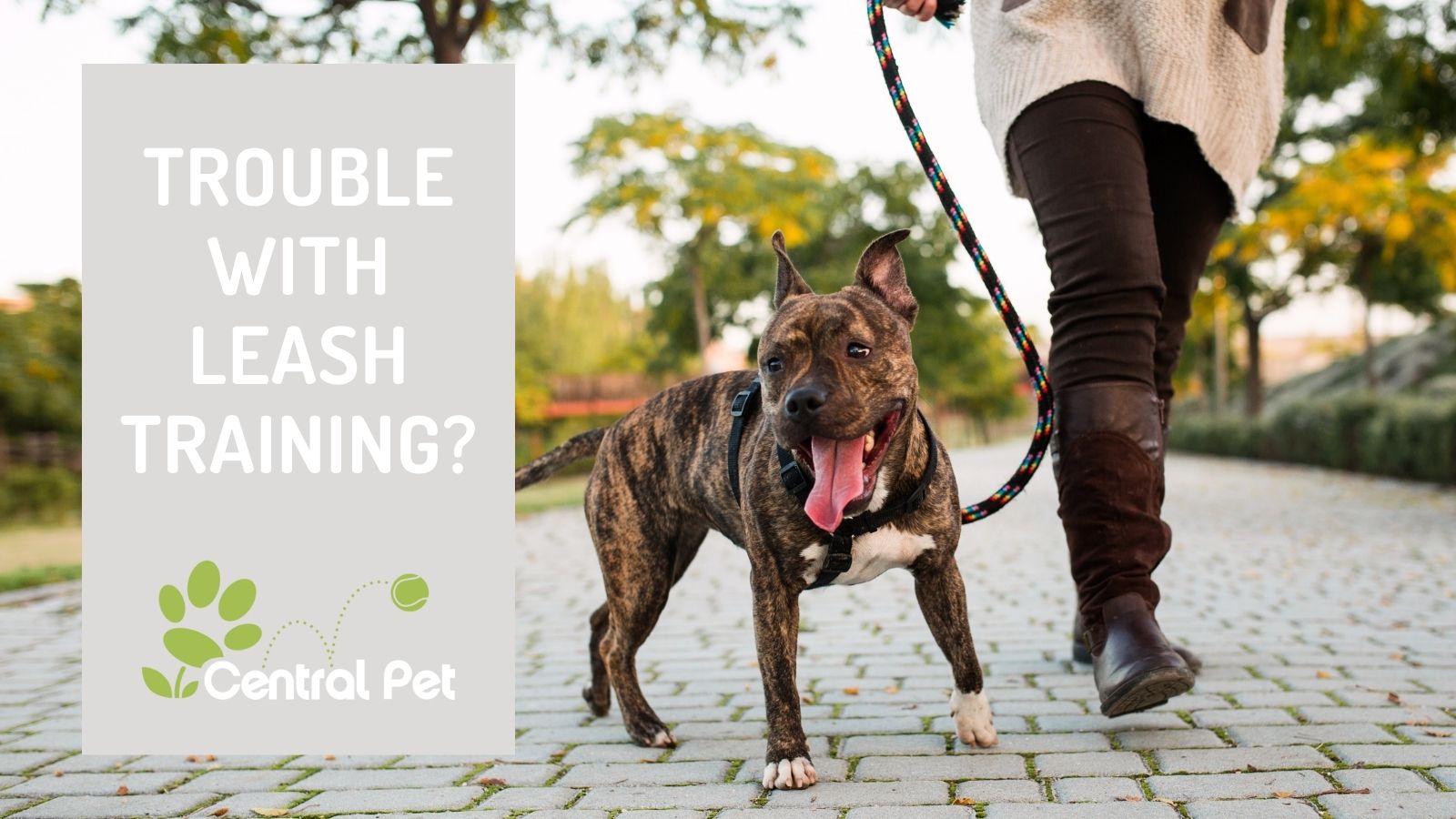
Utilizing Clicker Training
Enhancing Communication and Precision
Clicker training is a popular method that utilizes a small device to mark desired behaviors with a distinct sound, followed by a reward. This section will explore the benefits of clicker training in leash walking and provide tips for incorporating this technique into your training regimen to enhance communication and precision with your dog.
Employing Desensitization and Counterconditioning
Addressing Fear and Anxiety-Induced Behaviors
For dogs prone to fear or anxiety during walks, desensitization and counterconditioning techniques can be invaluable. This section will discuss strategies for gradually exposing your dog to triggers or stimuli that evoke fear or anxiety, such as other dogs or loud noises, in a controlled and positive manner, to help them overcome these challenges and walk more confidently on the leash.
Creating a Training Plan and Schedule
Setting Clear Goals and Milestones
A structured training plan and schedule are essential for making progress in leash training. This section will guide you through the process of creating a training plan tailored to your dog’s needs, setting clear goals and milestones, and establishing a consistent training schedule to track progress and maintain motivation throughout the training process.
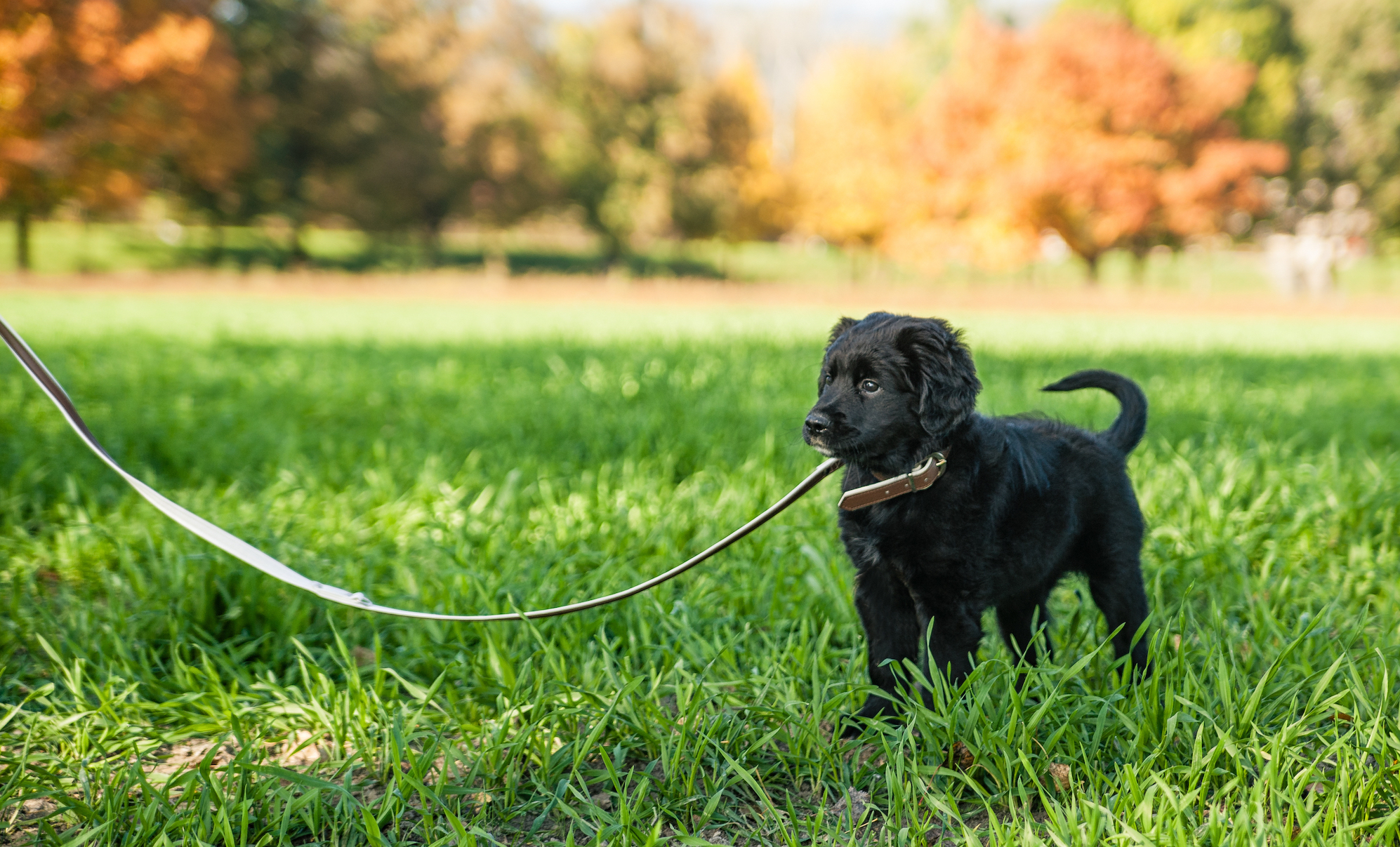
Fostering a Positive Training Environment
Creating a Safe and Encouraging Atmosphere
A positive training environment is essential for successful leash training. This section will emphasize the importance of creating a safe, encouraging atmosphere free from punishment or intimidation, where your dog feels comfortable and motivated to learn. By fostering a positive training environment, you can enhance your dog’s confidence and enjoyment during leash walking sessions.
Celebrating Achievements and Progress
Recognizing Success Along the Way
As you progress through leash training, it’s important to celebrate achievements and milestones along the way. This section will highlight the importance of acknowledging your dog’s progress and successes, no matter how small, to reinforce positive behaviors and maintain motivation throughout the training journey.
Seeking Support from Professional Trainers
Utilizing Expertise and Guidance
If you encounter persistent challenges or feel overwhelmed by leashs training, seeking support from professional trainers can be invaluable. This section will discuss the benefits of working with certified trainers who can provide personalized guidance, feedback, and support to address specific issues and help you achieve your leash training goals effectively.
Conclusion: Embracing the Journey of Leash Training
Leashs training is a journey that requires dedication, understanding, and a willingness to adapt. By following the proven methods and techniques outlined in this guide, you can unlock success and enjoy peaceful, harmonious walks with your dog. Remember, the journey of leashs training is not just about reaching a destination; it’s about embracing the experience, strengthening your bond, and nurturing a lifelong partnership based on trust, respect, and mutual enjoyment.






